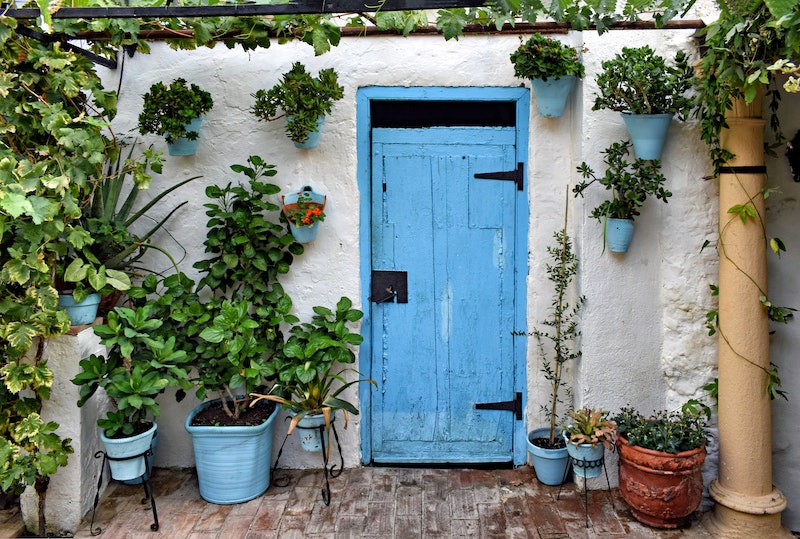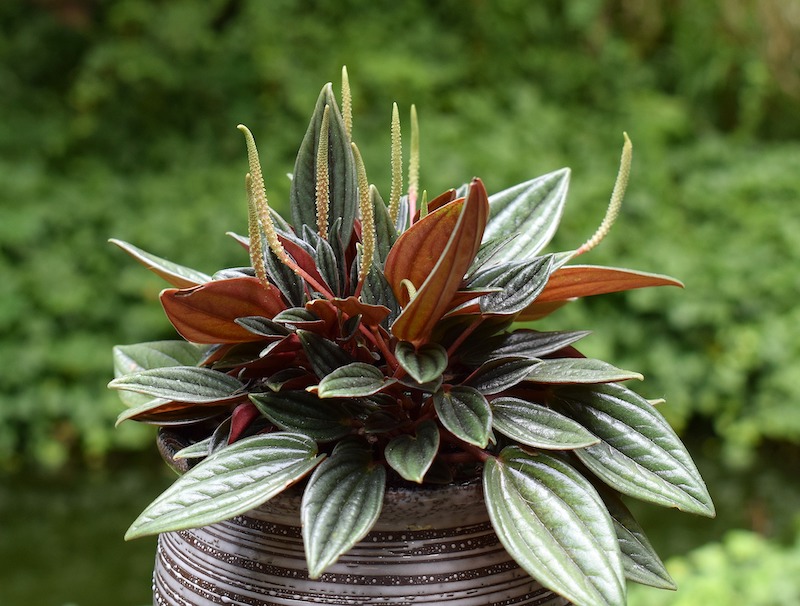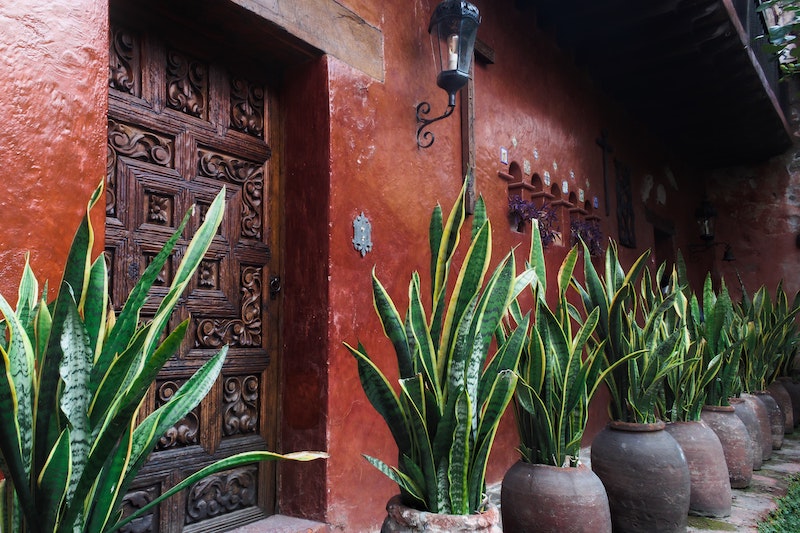Despite their name, houseplants can benefit greatly from time spent outdoors, given the right conditions. In fact, since houseplants typically come from tropical, subtropical, and desert locations around the world, being brought outside in the summertime can often increase their growth, allow them to bloom, and improve their overall health. Higher temperatures, increased humidity, and brighter light are all things that houseplants love.

When To Put The Plant Outside
Houseplants typically originate from places that have warmer climates. Because of this, it is important to pay close attention to your local weather prior to bringing them outside. Once nighttime temperatures remain above 50°F (10°C), it is safe to bring your plants outdoors.
Many houseplants originate from tropical forest floors, meaning they are not naturally able to handle direct sunlight. One way to ensure that your houseplants do not go into shock upon being introduced to the outdoors is to transition them gradually. Instead of placing a philodendron directly onto your sunny porch, for example, start by bringing the plant outside into a shady spot for a few hours a day, gradually increasing its time outside. If it is a plant that can handle direct sunlight, like a croton, cactus, or certain succulents, increase the direct sunlight by a few hours each day over the course of a week or two. This will allow your plant time to acclimate and will prevent the leaves from burning.

When To Bring the Plant Indoors
Because houseplants come from warmer climates, they tend to be rather sensitive to cold temperatures. Even one chilly night is enough to cause cold burn on particularly sensitive plants. In the fall, once nighttime temperatures are dipping below 50°F (10°C), bring your houseplants indoors.
Prior to bringing your houseplants indoors, it is a good idea to check them for pests and rinse out their soil. Dunking your entire plant, pot and all, in a bucket of diluted soapy water will dislodge any bugs that might be hanging out on your plant or in the pot. If there is an infestation, try spraying your plant down with neem oil or insecticidal soap to avoid bringing bugs into your home.

Caring For Houseplants Outdoors
One of the most important things to consider before bringing houseplants outdoors is sunlight. Not all houseplants can handle direct sunlight, so you must do your research prior to placing your plants in intense outdoor light. Your sunniest window is always going to be less intense than the direct sunlight outdoors. Introduce your plants to direct sun gradually, starting with a few hours of morning sun.
Houseplants outdoors may have different watering needs than indoors. If you are in a region that gets a lot of rain, for example, you may have to make sure that cacti and succulents get a chance to dry out in between rain showers. Drainage holes in pots are of the utmost importance, especially when exposed to rain. Make sure to frequently empty any plant saucers. Conversely, you may have to water your houseplants more frequently outdoors because they are exposed to brighter light, more heat, and a change in humidity, which can all impact how much water they consume. Be sure to check the moisture level in the pot on a regular basis to ensure the plant is getting the right amount of water.
While houseplants will benefit from wind, stormy weather can be something of concern. Keep an eye on the weather and always be prepared to move plants to a protected location if severe weather is on the horizon.
 |
Author Lynn Gusman - Published 1-18-2023 |
